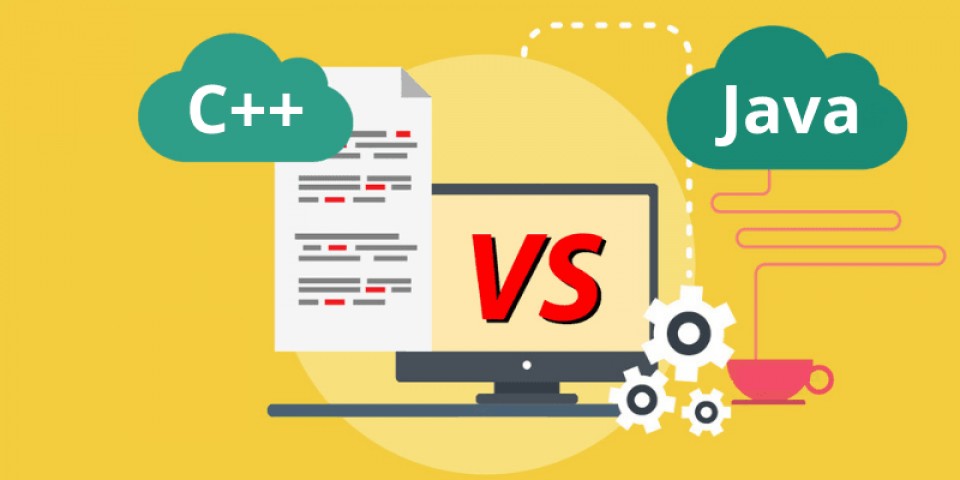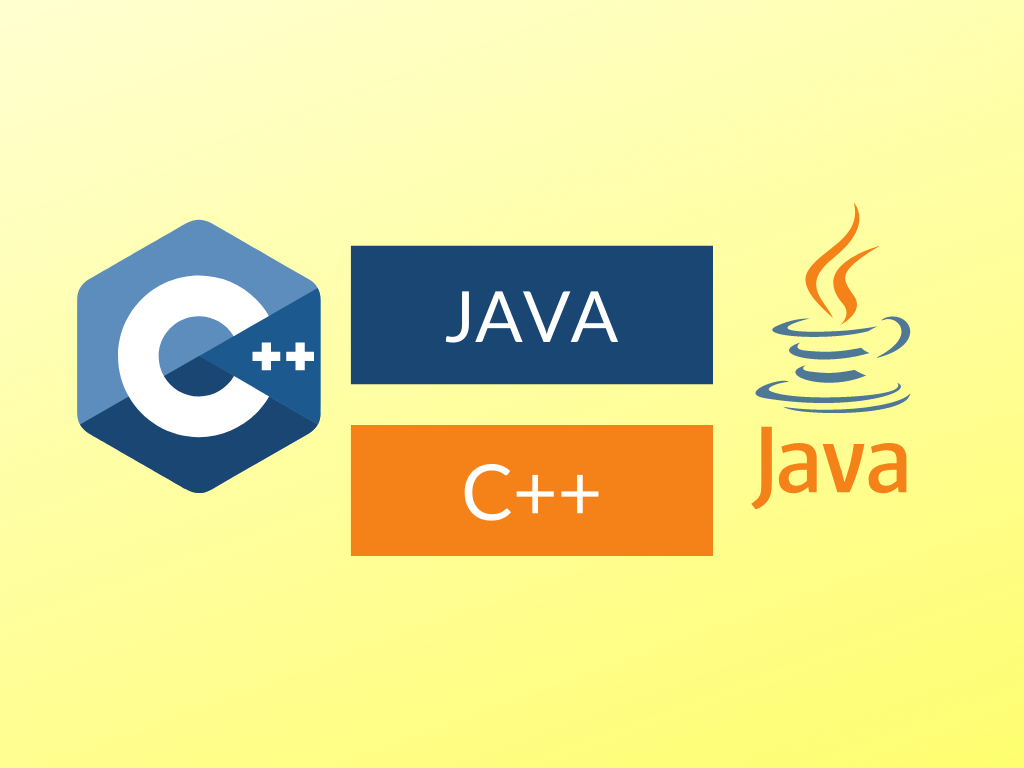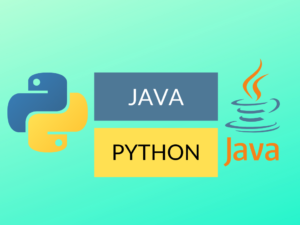In the era of Digital society, Java and C++ plays a major role in creating majority of the applications which are used daily. C++ is an updated version of C. Both the Java and C++ uses object oriented approach only. Lets take a brief look on the difference of both.
JAVA:
Java is a programming language which was first developed by the Sun Microsystems in 1995. The beneficial factor of Java is that it can be written once and can be run anywhere. Java is an object oriented programming language. Java can be easily extended since it is based on the object model. Unlike many other programming languages including C and C ++ when java is compiled it is not compiled into platform specific machines rather into platform independent bytecode. This bytecode is distributed over the web and interpreted by the Java virtual machine (JVM) on whichever platform it is being run on.
Java makes an effort to eliminate error-prone situations by emphasizing mainly compile time error checking and runtime checking. Java bytecode is translated on-the-fly to native machines and instructions and is not stored anywhere; the development process is more Rapid and analytical since the linking is an incremental and lightweight process. With the use of just in time compilers Java enables high performance.
Structure of Java:
While writing a program in Java we need to follow a particular structure for preparation of a Java Program. The structure is as follows:
Documentation section
Package declaration
Import statements
Interface section
Class definition
Class variables
Main method class
Methods and behaviours
C++:
C ++ is also an object oriented extension. C ++ there is an ISO standard which will help make the C++ code portable between devices.
Standard C++ is the one that is currently accepted by all major compilers. Therefore you can be confident that what you learn here will also be applicable in the future. However if you are using an older compiler it might not support one or more of the features of a standard C ++, this is important because recently added directions to the C ++ language affect every program you will write.
All of the object-oriented programming languages including C++ share three common defined traits. They are: Encapsulation, Polymorphism, Inheritance.
Structure of C++:
To write a C ++ program a particular structure has to be followed. The structure of the C ++ program is as follows:
Documentation
Link section
Definition section
Global declaration
Function definition and
Main function


Difference between JAVA and C++:
| JAVA | C++ |
|---|---|
| Origin | |
| The Java programming language is based on both c and C ++ | The C ++ language is an upgraded version of C language with |
| Approach | |
| It uses the bottom to top approach | It also uses bottom to top approach |
| Programming pattern | |
| It is also a purely object oriented programming language. | It is an object oriented programming language. |
| Mode | |
| It is a dynamic programming language | It is a static programming language |
| Execution | |
| The code is executed by JVM | The code is executed directly |
| Keywords | |
| There are 52 keywords | There are 60 keywords |
| Pointers | |
| Java doesn't support pointers because of security | C ++ supports pointers |
| Overloading | |
| Only method overloading can be achieved | Method and operator overloading can be achieved |
| Usage | |
| It is used for developing web applications, mobile applications and Windows applications | It is used for system programming |
Conclusion:
Mostly Java and C++ were learned by the Computer science students, but in this programming world everyone are going after programming languages like Python, C, Java and C++. Anyone can build simple applications using these languages. But for higher functionalities higher system requirements maybe required.
If you want to read more about Difference between Java and Python click here.



